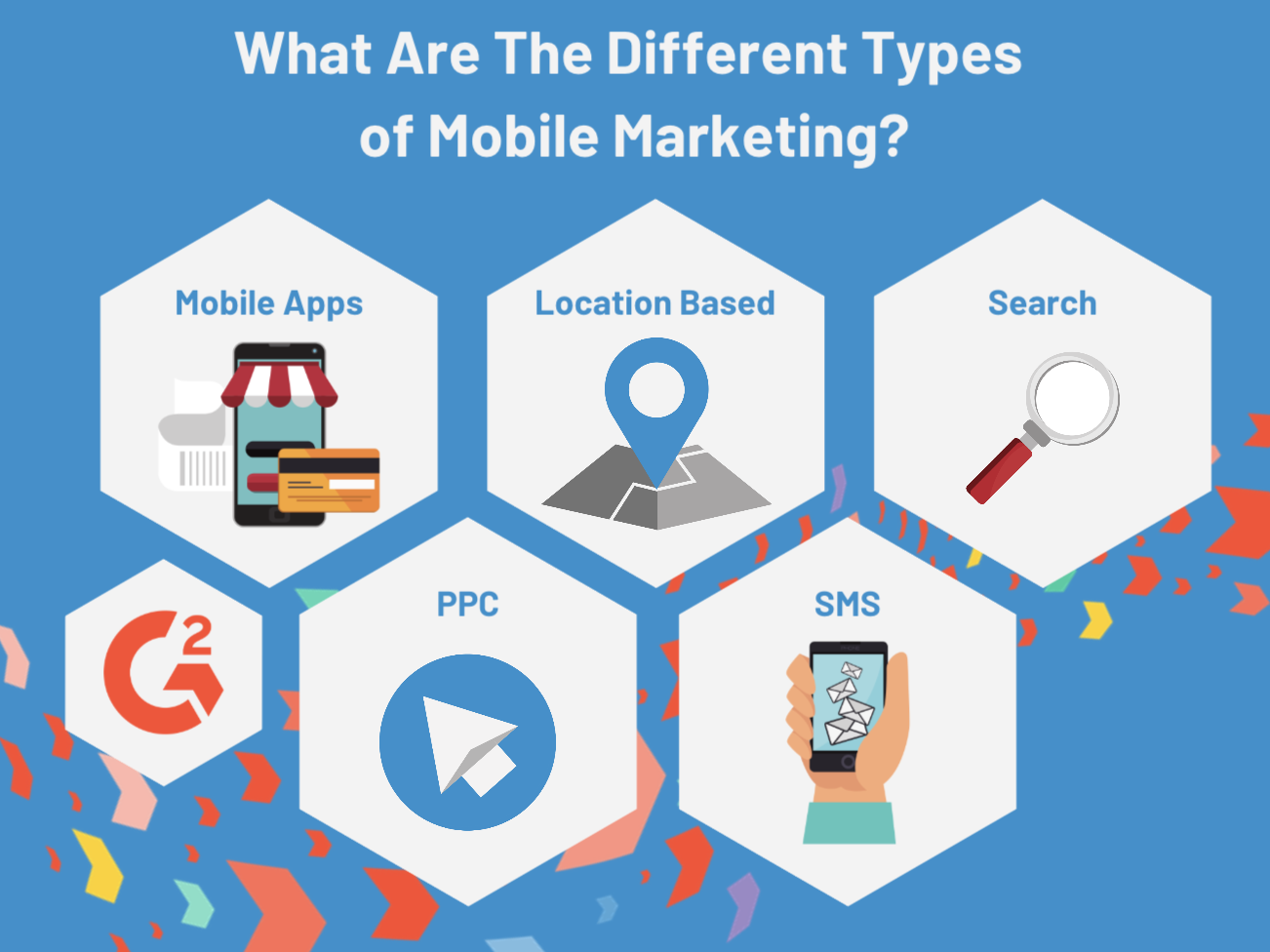
Mobiles provide excellent platform for delivering information since it’s portable & always with their intended users at most hours. Although the primary function of any mobile is to successfully assist in two way communication between people, convergence of technologies allow mobile manufacturers to load their products with enhanced features that further provide improve the users experience. Due to technology innovations, mobile users can now shoot high quality pictures, videos, access mails, browse the web, entertain themselves via games & apps, use GPS-Navigation, get news alerts; all using the same device. Mobile handsets can also serve as an important Mobile Marketing Strategy for your business as it allows you to directly reach your target market without having to depend upon fixed location of your audience. It’s the smartphone audience that you should be looking at. Smartphone users across the world has sharply risen in the past some years. Over 400 million smartphones were shipped last year. Going by the numbers, smartphones will pip feature phones in the coming years. The advantage of using smartphone as your base for Mobile marketing strategy is most smartphones have larger display then conventional phones.
This is very essential. It is important to send the promotional SMS to the targeted clients if not send to targeted clients the SMS might be deleted by others. So, it’s important to understand first who the targeted clients are before sending the clients SMS in bulk. In the recent past years Short Message Service has become an advertising channel in many parts of world. You will find mobile phones in hands of almost all people. The best part about this device is that the mobile consumers can carry them at any part of the world. So, whenever the advertiser sends the message there is someone or the other to receive the message instantly. The receiver if finds the message to be useful may contact the sender in future and if the customer doesn’t find the message to be of any help then he/she may delete the message immediately. Advertisers mostly make use of this mode of SMS for promoting their brand. So, SMS is a great mode of mobile marketing. Make use of it and have the benefit.
The effectiveness of SMS marketing can be determined by the fact that majority of people can’t live without SMS. We keep sending text at every minute. It proves the ability to achieve instant access to the targeted customer anywhere and anytime. SMS marketing is a new communication medium to increase the response rate in a marketing campaign. It also means that customers can be easily engaged. There are several interesting methods of SMS marketing to boost your business. The first one is to distribute vouchers or coupons through SMS. This can increase the sale rate of a business. It also attracts lot of customers to open sale. These SMS coupons can be easily redeemed at any outlet of a specific business. Alerts, updates and reminders about appointments are an excellent method for service providers and attract customers to increase sales. For example a car repairing company is sending a SMS to its client reminding about servicing of their car. Even several banks and cellular network providers are using this technique to provide several easy features to their customers. A very interesting and fruitful idea is inviting bid for auction of particular product through SMS.
Today, many people are still wary about the effectiveness of mobile marketing, but in actuality, the statistics show that it is indeed the only way to go. Perhaps it can be attributed to the fact that more and more people are beginning to use various mobile devices and that the traditional forms of marketing is not as effective anymore as before. Here are some of the statistics gathered from various researches that just shows how relevant this new form of marketing is in this day and age. An important mobile marketing statistics is the usage of mobile devices among people. In a study published by Accenture in October 2008, 21% of the respondents picked mobile phones as the second most preferred consumer electronics by US internet users as of December 2007, which is second only to 51% who chose laptop or desktop computers. But that is however the figure for the baby boomers generation or those who are 45 years of age or older. On the other hand, 47% of Gen Y respondents or those that are aged 18-24 picked mobile phones over the other consumer electronic devices. These figures point out the increasing preference of mobile phones as a medium among younger people. This is a rather important indicator that mobile advertising is indeed the wave of the future. Another one of the relevant mobile marketing statistics is there is a significant improvement in recall and comfort with mobile ads. The study published by Nielsen Mobile on March 2008 suggested that people are actually becoming more okay with mobile ads. The implications of these mobile marketing statistics are huge since they all point out to the increasing trend of mobile marketing. While the data that are presented here are limited, findings from other studies can support the conclusion that mobile marketing is here to stay for a very long time.
With customers providing permission to contact them, they are trusting businesses leading to brand loyalty. Cell phones are a very personable item that people continuously use 24/7, allowing advertising to reach consumers at a high rate. The reach of mobile marketing not only advertises to smart phone users but to traditional cell phone users also. Mobile traditionalists comprise 60% of mobile users that website advertising cannot reach. Text messages can reach an audience of 100.7 million compared to the web at 34.1 million. People have their devoted attention to their cell phones and interact with them uninterruptedly. With web and TV, the audience is most likely distracted by numerous attempts to gain attention. Mobile marketing breaks through the clutter and advertises to customers as an individual. Cell phones have become personable through individualized apps and reflect an active user perspective on consumers. Marketing professionals can detect where a customer has been, what they’ve been doing, and essentially know that customer.
